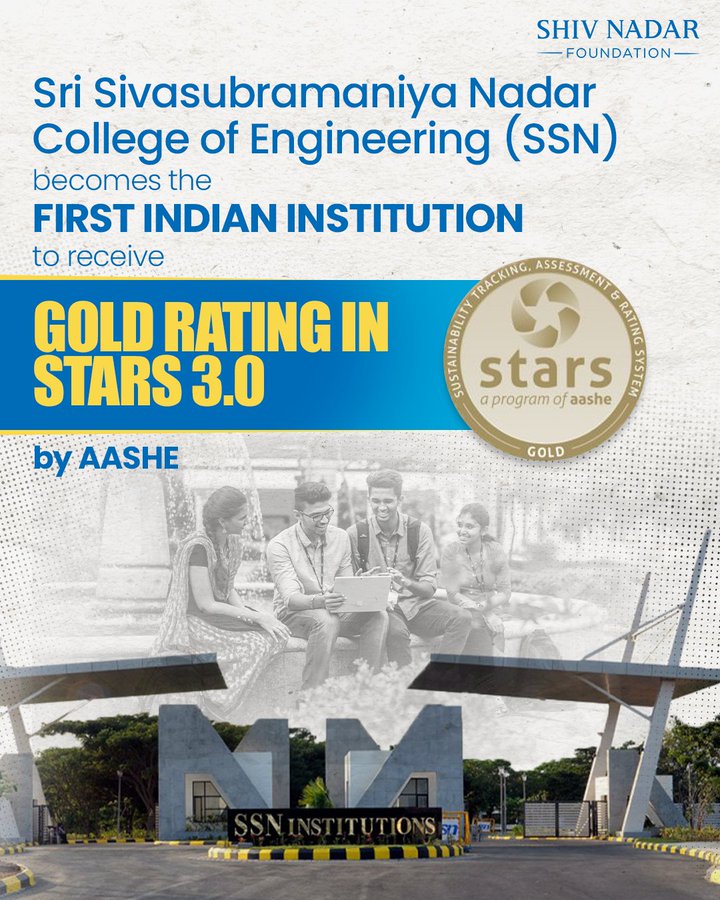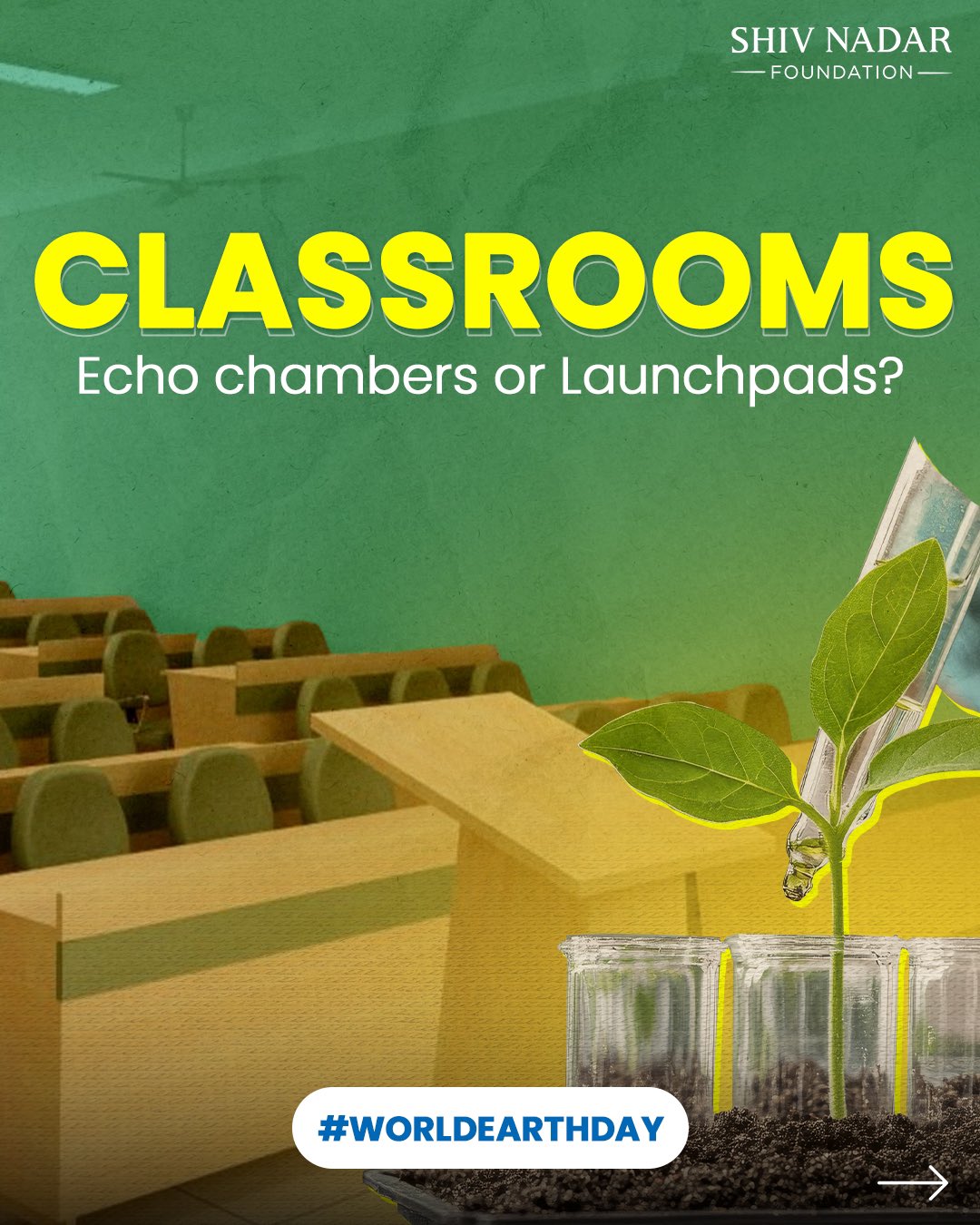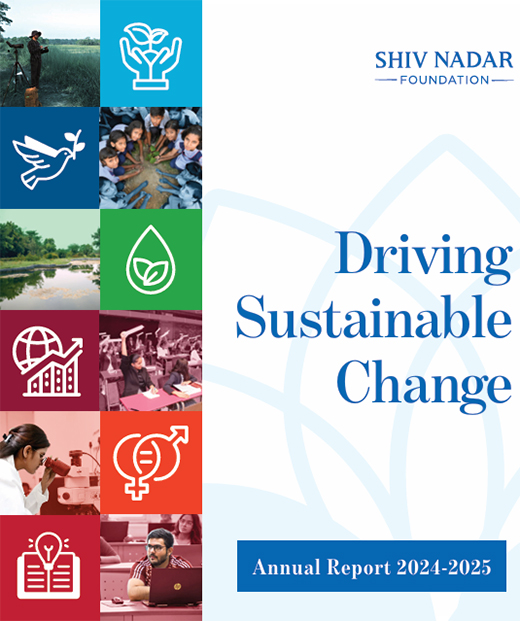Cooling Classrooms, Empowering Futures: Sustainable Cooling for Child Education in Rural India

We must reconsider how we cool our spaces as heat waves get worse. Poorly ventilated classrooms in North India are becoming ovens due to the extreme heat. Although air conditioning provides temporary respite, it is not a long-term solution. The emergence of creative, environmentally friendly solutions is ensuring that, despite the increasing temperatures, child education in India continues to flourish.
Simmering Summers: A Harsh Reality for Rural Classrooms
If Earth was an oven, we’d be the ones slowly roasting. North India is already feeling the heat, with April temperatures soaring past 40°C—and it’s only worsening. For rural schools with tin roofs and little ventilation, these conditions turn classrooms into furnaces. The result? Students struggle to focus, dropouts increase, and the dream of accessible education diminishes. Climate change isn’t a future threat—it’s rewriting the school day.
Rethinking Cool: Beyond the Air Conditioner Trap
Air conditioners may offer instant relief, but they come at a steep environmental cost. Their high energy consumption and greenhouse gas emissions fuel the very heatwaves they aim to beat. In the long run, ACs aren’t a sustainable fix—they’re part of the problem. Thankfully, communities are exploring smarter, greener alternatives, prioritising comfort and climate. From design innovations to local wisdom, a quieter, cooler revolution is beginning to take shape.
Clay That Cools: Beehive Coolers in Action
Can cooling come from clay? Beehive coolers prove it’s possible. These clever structures use clay cones and dripping water to lower indoor temperatures by 8–10°C without relying on electricity. Found in public spaces and factories, they reduce carbon emissions and double as striking climate-conscious art. By combining tradition and innovation, they promote sustainability, sparking meaningful conversations about eco-friendly solutions.
Cool Walls: The Science of Radiant Relief
What if your walls could keep you cool? Radiant cooling systems circulate cold water through walls and ceilings to effectively absorb heat. These systems may reduce pollutants by an astounding 85% while using up to 50% less energy than conventional cooling. Radiant cooling combines comfort with climate responsibility for a wiser, cooler future. It is a high-tech solution perfect for heat-stressed areas and supports sustainable rural development.
Leading by Innovation: The Shiv Nadar Foundation’s Approach
The Shiv Nadar Foundation leads climate-conscious change by integrating sustainable technology into its learning spaces. Its environments promote academic success and environmental awareness, from using energy-efficient materials to encouraging climate resilience discussions. By adopting innovative infrastructure, the Foundation shows its commitment to long-term, impactful change in how sustainability and education intersect.
Conclusion
Sustainable cooling is essential for uninterrupted learning and is no longer a luxury. As temperatures rise, our commitment to smarter solutions that protect students and the environment must grow. The Shiv Nadar Foundation’s approach exemplifies how organisations can lead by example, proving that child education in India can have a cool, sustainable future while fostering sustainable rural development and true progress in various areas.












